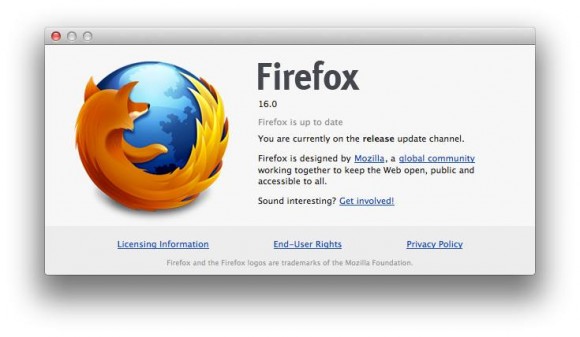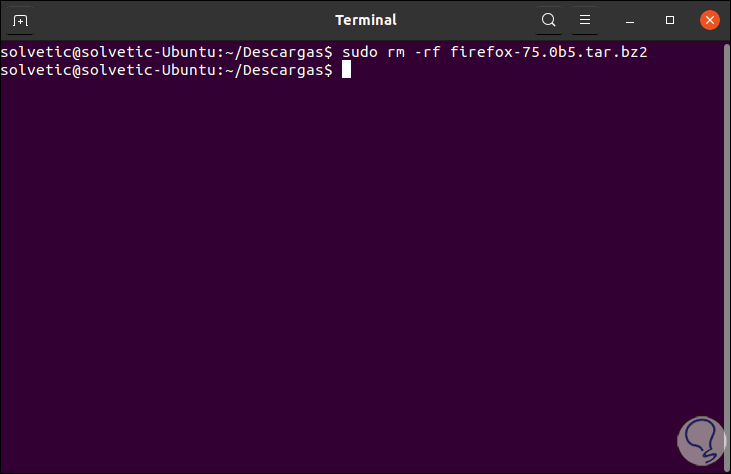

FIREFOX DEVELOPER EDITION COMMAND LINE PASSWORD

Improvement: improved MobaXterm startup and MobaXterm main window activation speed.Improvement: improved SCP and SFTP transfer speed by improving hardware-accelerated encryption, especially on AMD Ryzen CPUs.Improvement: make SFTP sessions work even if a remote login script writes some output to the terminal.Improvement: better detection of pending transfers when SSH connections are closed.Improvement: improved default terminal font for better readability.New feature: you can now add, import, or export the terminal color themes.New feature: you can now save your proxy passwords in MobaXterm secure vault.New feature: you can now choose between 3 included fonts for MobaTextEditor.New feature: you can now activate font ligatures into MobaTextEditor.New feature: you can now choose between 3 included terminal fonts from MobaXterm font settings or from the terminal contextual menu.

New feature: you can now activate font ligatures from MobaXterm font settings or from the terminal contextual menu.It was assigned to the Browsers, Hacks, and Tools categories.Firefox’s :screenshot command was published on Friday, August 24th, 2018.I still use :screenshot to this day, and I’m very happy to see it restored to the browser - thank you, Mozillans! You’re the best. If you don’t supply a filename, then the file’s name uses the pattern of your OS screen capture naming e.g., Screen Shot at 16.44.41.png on my machine. This can bite you if you’re using the up-arrow history scroll to capture images in quick succession, and forget to change the filename for each new capture. I do have one warning: if you capture an image to a filename like test.png, and then you capture to that same filename, the new image will overwrite the old image. Explicitly saying -filename seems to be optional I find that writing simply :screenshot test yields a file called test.png, without the need to write :screenshot -filename test. filename Allows you to set a filename rather than accept the default. Setting this to false doesn’t seem to have any effect. file When true, forces writing of the captured image to a file, even if -clipboard is also being used. selector Accepts a CSS selector and captures only that element and its descendants. For unusually long (or wide) pages, this can cause problems like crashing, not capturing all of the page, or just failing to capture anything at all. fullpage Captures the entire page, not just the portion of the page visible in the browser’s viewport. See the original article for more details.

Values above 1 yield “zoomed-in” images values below 1 create “zoomed-out“ results. dpr The Device Pixel Ratio (DPR) of the captured image. You can use any number, not just integers. delay The time in seconds to wait before taking the screenshot handy if you want to pop open a menu or invoke a hover state for the screenshot. Prevents saving to a file unless you use the -file option to force file-writing. So the list of :screenshot options as of late August 2018 is: -clipboard Copies the image to your OS clipboard for pasting into other programs. There are plans to add uploading to Firefox Screenshots as a replacement for the old Imgur option, but as of this writing, that’s still in the future. From there, everything is the same as I wrote in 2015, with the exception that the -imgur and -chrome options no longer exist. Once you’re in the Web Console, you can type :sc and then hit Tab to autocomplete :screenshot. An image I captured by typing :screenshot -dpr 0.5 in the Web Console It’s available in the Web Console ( ⌥⌘K or Tools → Web Developer → Console). Well, the GCLI is gone now, but the coders at Mozilla have brought command-line screenshotting back with :screenshot, currently available in Firefox Nightly and Firefox Dev Edition. Back in 2015, I wrote about Firefox’s screenshot utility, which used to be a command in the GCLI.


 0 kommentar(er)
0 kommentar(er)
